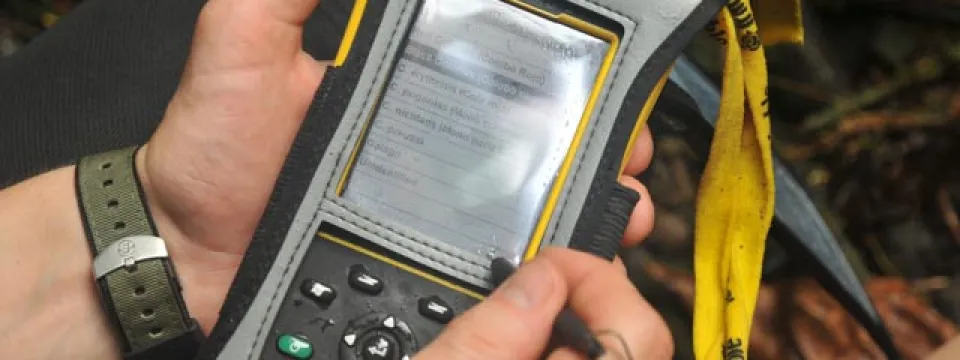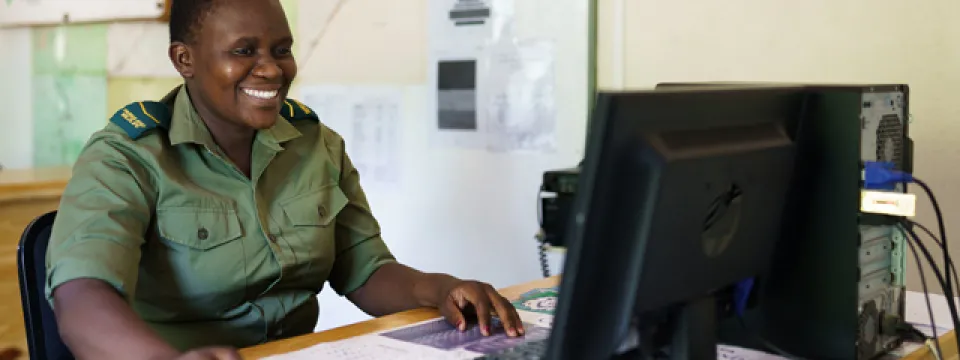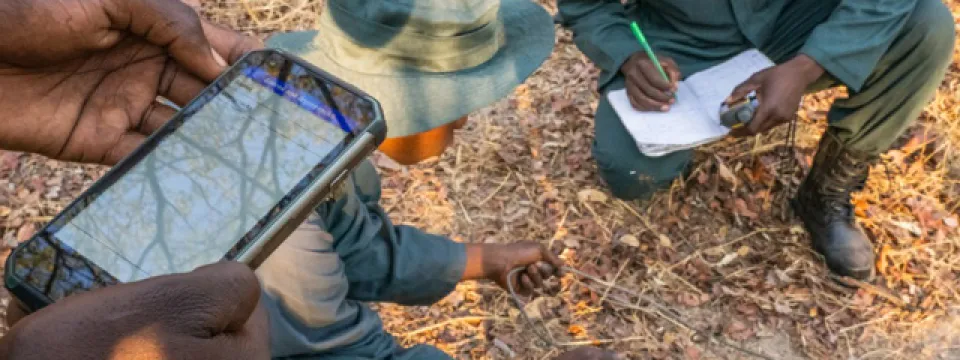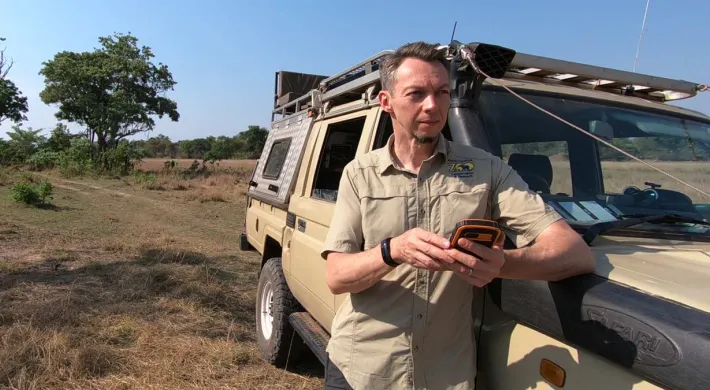Drew T. Cronin, Associate Curator of International Conservation for the North Carolina Zoo
Those familiar with the Zoo’s conservation efforts are likely familiar with our efforts with SMART and our long-term leadership of the group behind its development, the SMART Partnership. Dr. Rich Bergl, the Zoo’s Director of Conservation, Education, and Science and one of the founding members of the SMART Partnership, wrote more about the history and context in an earlier blog.
SMART allows rangers working on the ground in Africa and other countries to use rugged, outdoor smartphones to record what they encounter in the field and track where their patrols go. The information that they collect - on animals, illegal activities, and actions taken (e.g., arrests) - is recorded and then fed into a central database. This allows the data to be quickly analyzed, visualized, mapped, and acted upon so that park managers can rapidly respond to threats. The ability to transform raw data into usable information helps managers allocate their time and resources more effectively and better protect wildlife.
SMART is the leading protected area management tool globally. Through our leadership in the SMART Partnership and the development of SMART technologies, the Zoo has significantly impacted wildlife conservation around the world. The Zoo also directly supports SMART use at more than 20 sites across seven countries in Africa, which are critical for conserving iconic wildlife, like black rhinos, Cross River gorillas, chimpanzees, elephants, lions, red colobus monkeys, and many other species.
Today I’m writing to celebrate the launch of a major new upgrade to SMART, representing more than two years and countless hours of collaborative work with partners from around the world. The latest version of SMART – “SMART 7” – provides several exciting innovations to users, including a new overall user experience, the introduction of ‘SMART Collect’ – a community data collection tool, and the beta release of ‘SMART Predictive Patrol Planning’ in collaboration with Harvard University and Microsoft AI for Earth.
This new launch also coincides with the 10th anniversary of SMART. Since its first public release, SMART adoption has expanded more than 15 times, increasing from 65 initial sites to over 1,000 at the close of 2020 in more than 70 countries and 21 additional countries now adopting SMART at the national level.
Over these ten years, SMART has evolved from a desktop-based database to a powerful holistic protected area solution with integrations for different sensors (e.g., camera traps) and cutting-edge technologies (e.g., machine learning and cloud computing). With all these capabilities, SMART now assists those on the frontlines of conservation with everything from data collection and analysis to reporting and decision-making, ultimately helping to make conservation efforts more effective and efficient.
It’s been incredibly rewarding being a part of SMART development over the past several years. Speaking for my colleagues, we are really proud that we have created a toolkit that so many of our colleagues now use to better protect wildlife. Looking forward, I am eager to help all of our partners – across Africa and around the world – start using SMART 7 and take advantage of the exciting new features it provides them.
Watch this space for more stories from the field (hopefully soon!) as we work with our partners to start rolling out SMART 7 to their sites!




